Shopping Cart
0 item(s) - R0.00-
- - Amplifier Module
- - Arduino Compatible - Development Platform
- - Arduino Compatible Modules & Shields
- - Breakout Boards
- - Cables / Hookup wires
- - Displays
- - Enclosures
- - Magnets
- - Motors & Gears
- - Nuts & Bolts
- - Peltier Cooler Heater
- - PIR
- - Sensors
- - Servo's & Motors
- - Solar
- - Stand Alone Modules
- - Stepper Motor & Drivers
- - USB Programmers & Converters
- - Voltage Regulator & Chargers
- - RC Hobby Parts
-
- - AC DC Cooling Fans
- - Cable Ties
- - Day/Night Switches
- - Electrical Plugs & Connectors
- - Gate Remotes & Receivers (Universal)
- - Heat Shrink Sleeves
- - Insulation Tape
- - Lighting & Globes
- - Mains Power Cables
- - Power Supplies & AC/DC Adaptors
- - Security Lights LED Type
- - Solar Charge Controllers
- - Surge Protectors
- - Timers
-
- - Battery Holders
- - Breadboard
- - Bridge Rectifier
- - Buzzers
- - Capacitors
- - Crystals
- - Diodes
- - Electromechanical
- - Fuses
- - Headers
- - Heat Sinks
- - IC Sockets HQ
- - IC Sockets TIN
- - IC's --> Semiconductor
- - Inductors
- - Laser Units (CD Players)
- - Microcontrollers & CPU's
- - Opto Electronics
- - Panel Meters And Displays
- - Passive Components
- - Pilot Lamps & Fittings
- - Plugs & Sockets
- - Resistors
- - Rotary Potentiometer
- - Semiconductors
- - Sensors
- - Switches
- - Transformers
- - TVS Diodes
- - Veroboard / Stripboard
- - Voltage Regulators
- - Zener Diode
Button Batteries
Description:
The button cell, also known as coin cell, satisfied the requirement of compact design in portable devices of the 1980s. Higher voltages were achieved by stacking the cells into a tube. Cordless telephones, medical devices and security wands at airports used these batteries.
Although small and inexpensive to build, the stacked button cell fell out of favor and gave way to more conventional battery formats. A drawback of the button cell is swelling if charged too rapidly. Button cells have no safety vent and can only be charged at a 10- to 16-hour charge; however, newer designs claim rapid charge capability.
Most button cells in use today are non-rechargeable and are found in medical implants, watches, hearing aids, car keys and memory backup. Figure 4 illustrates the button cells with accompanying cross section. A cautionary note applies to button cells to keep out of reach of children as swallowing can cause serious health problems.
|
|
|
Ex Vat: R7.39
Ex Vat: R10.87
Ex Vat: R12.72
Ex Vat: R13.04
Ex Vat: R14.78
Ex Vat: R28.07
Ex Vat: R6.58
Ex Vat: R3.95
Ex Vat: R4.82



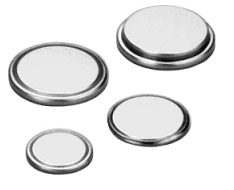

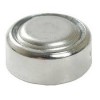
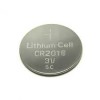
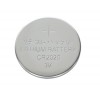

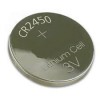




-80x80.jpg)















